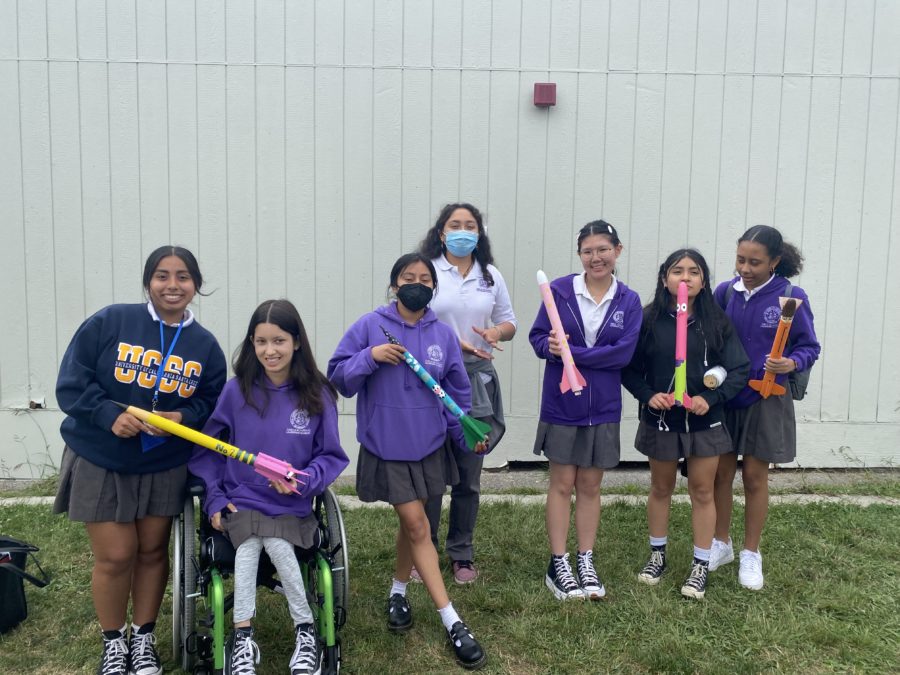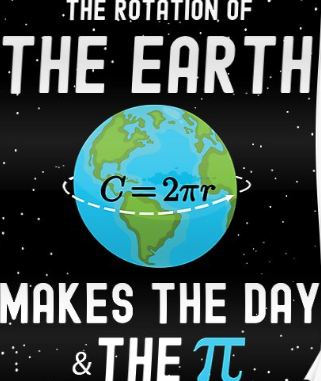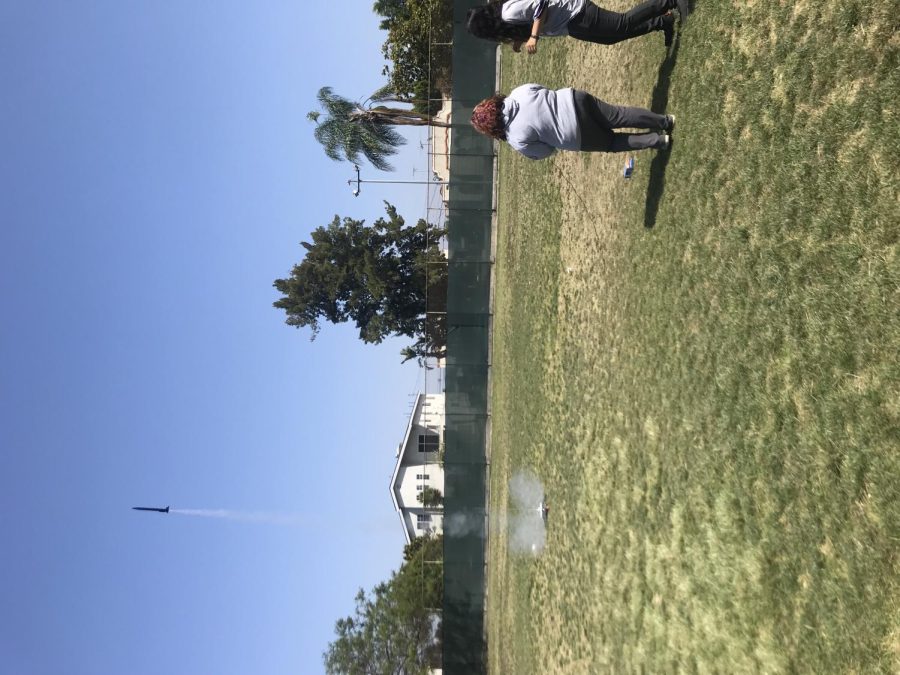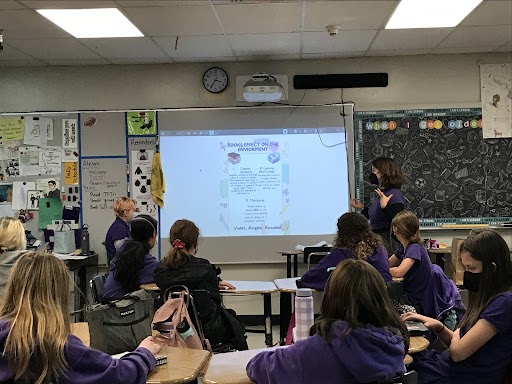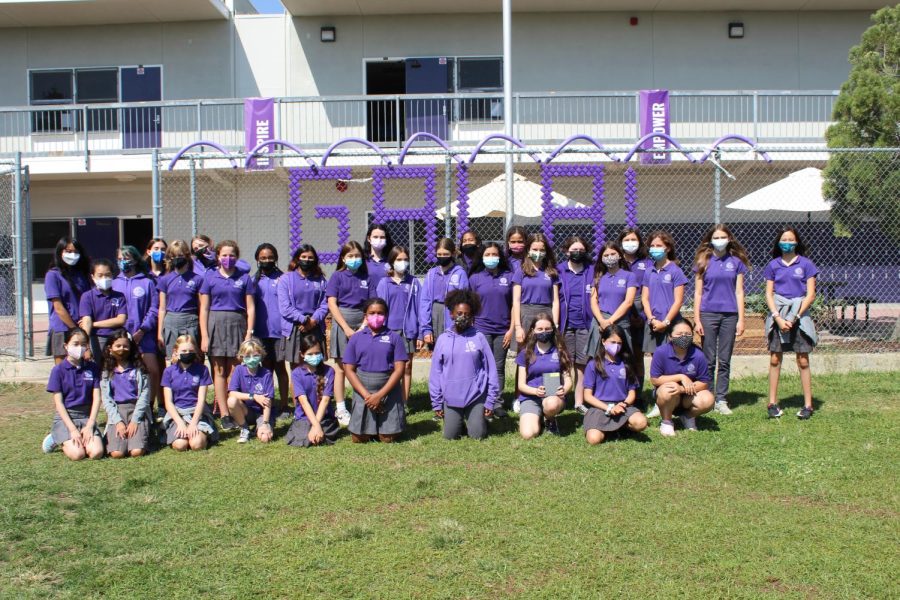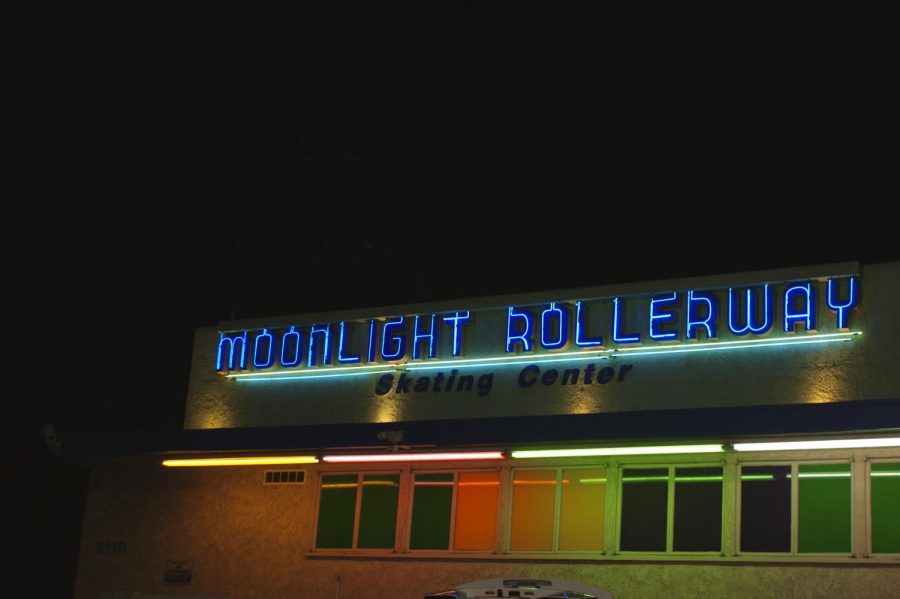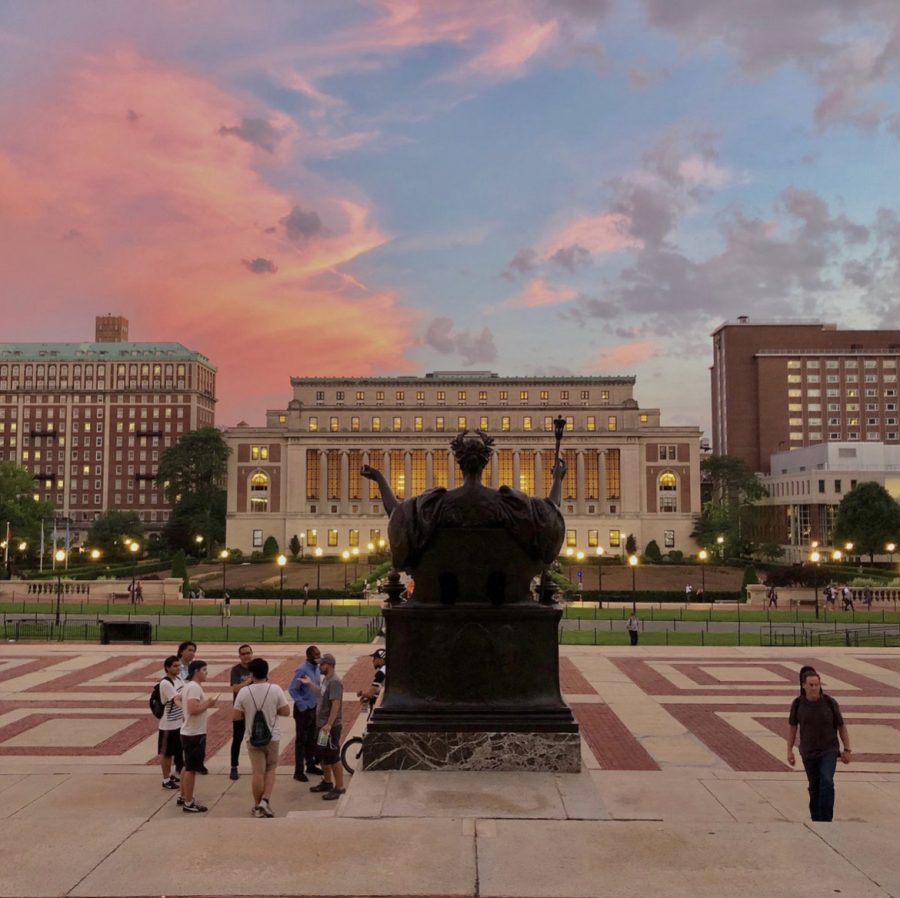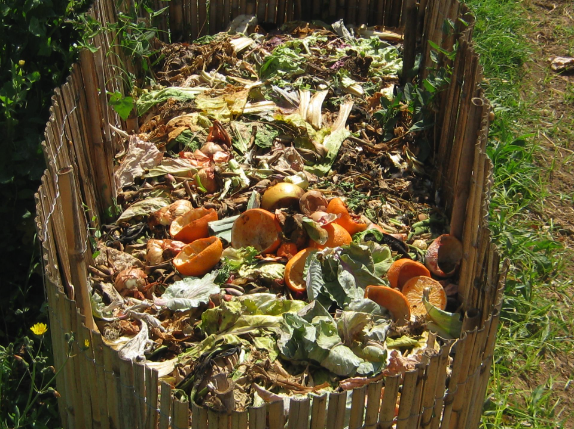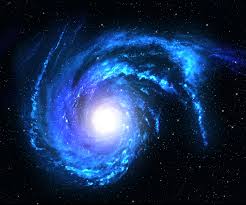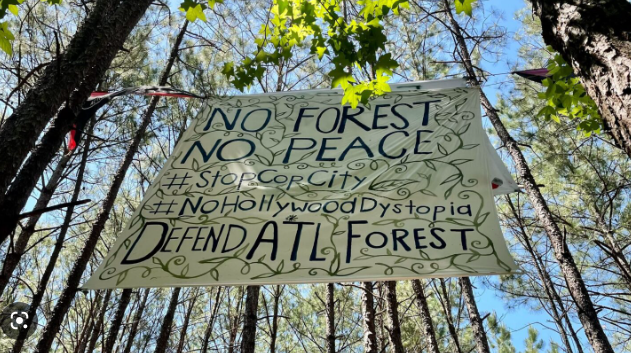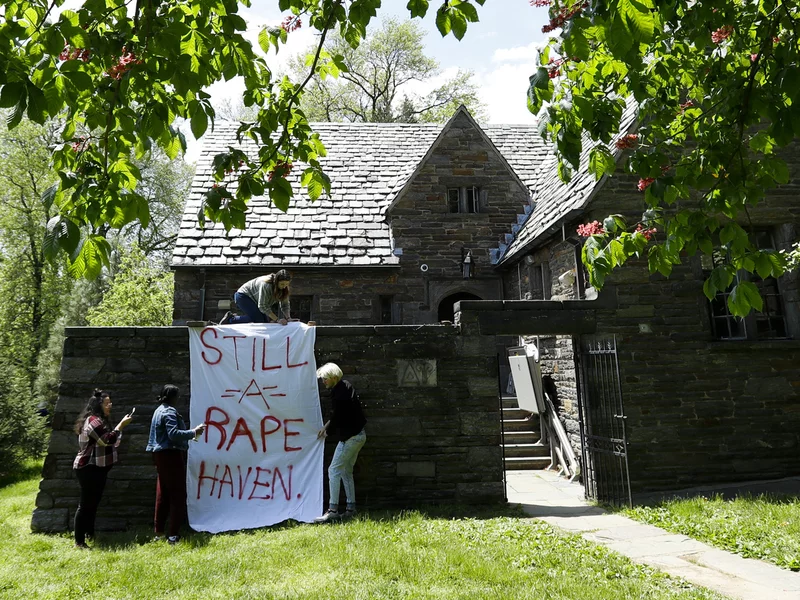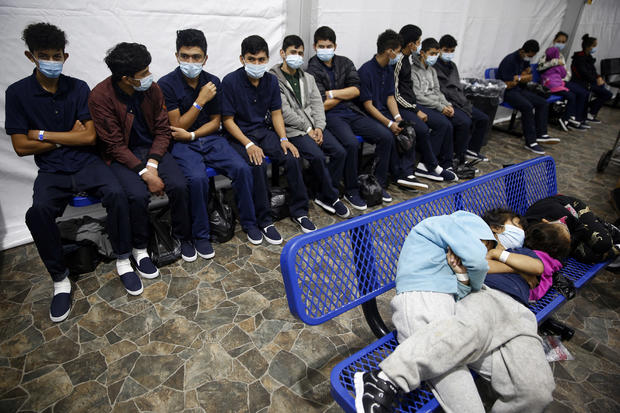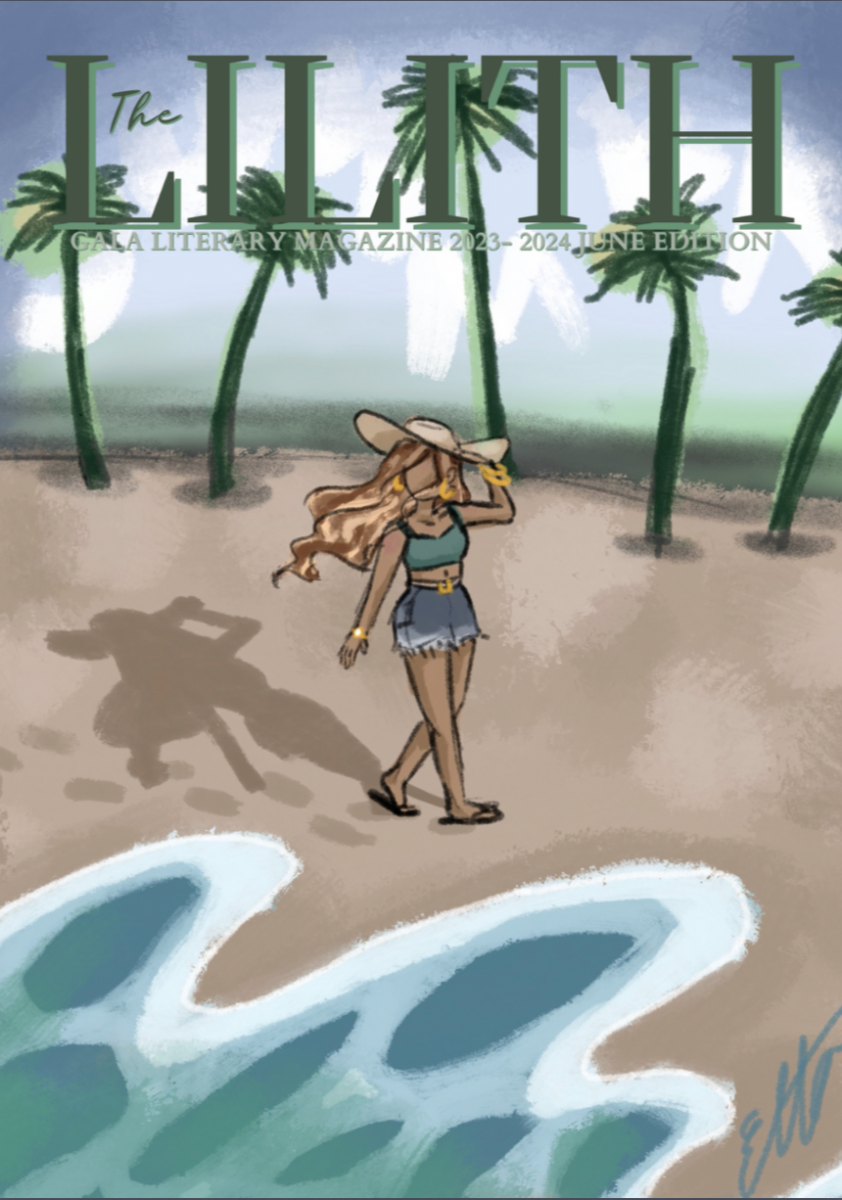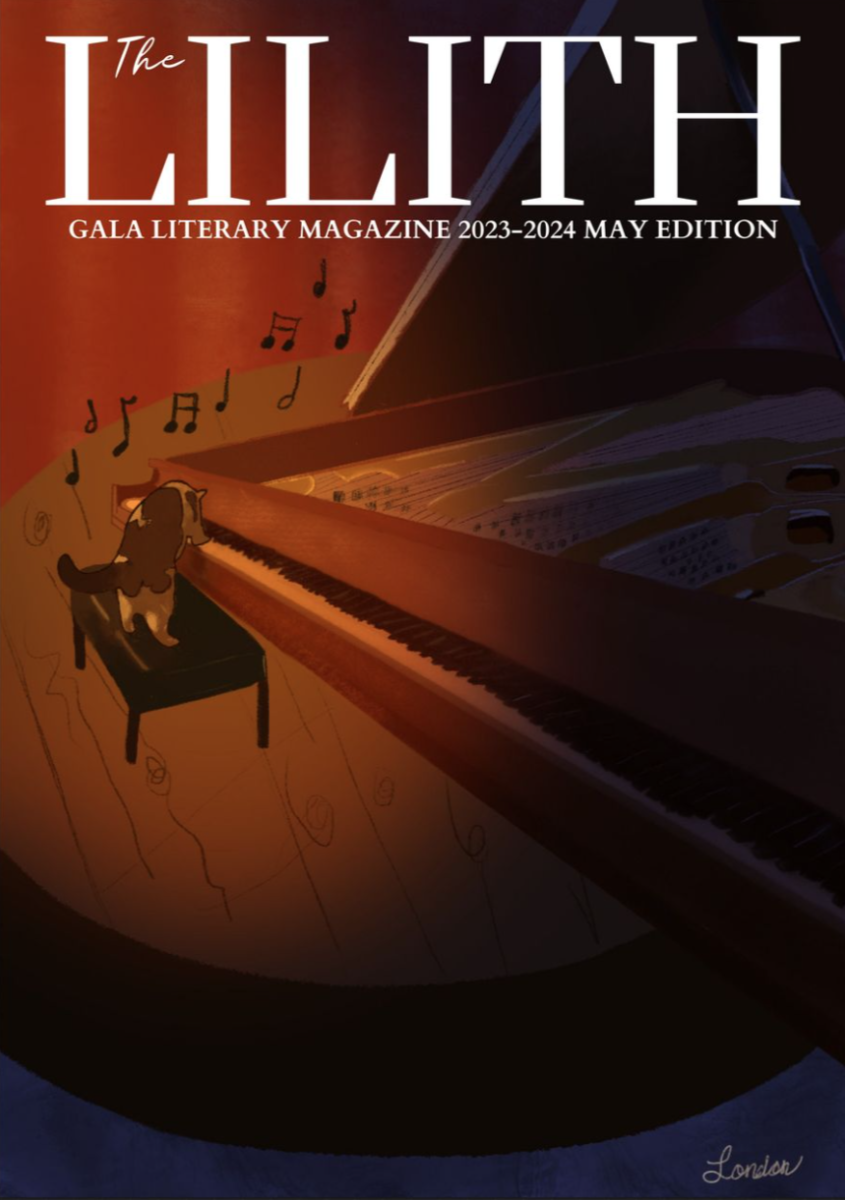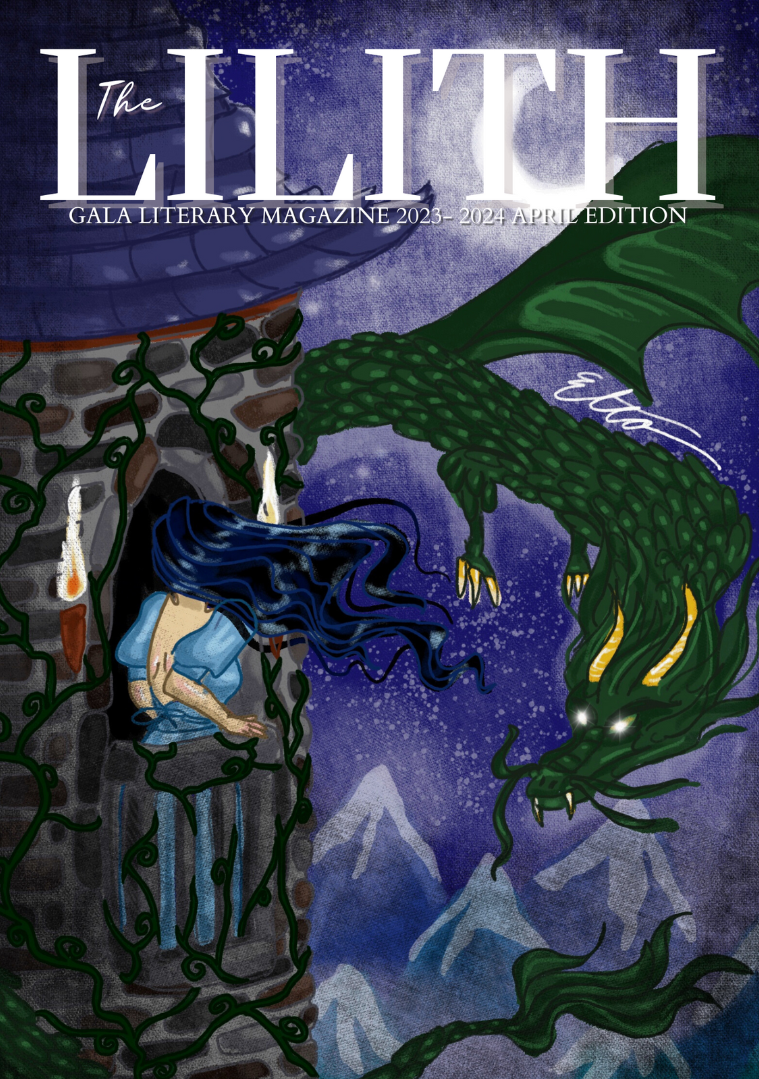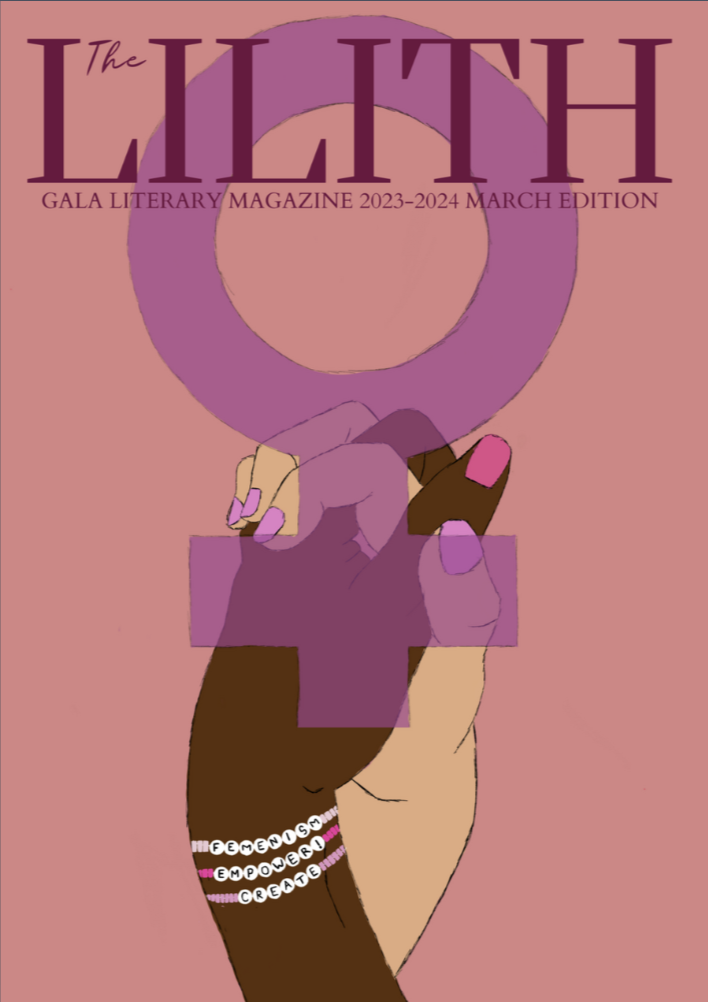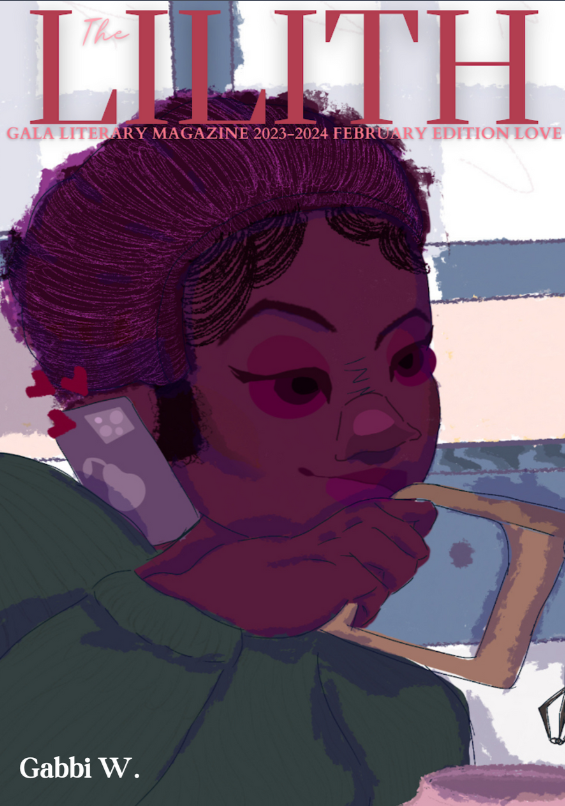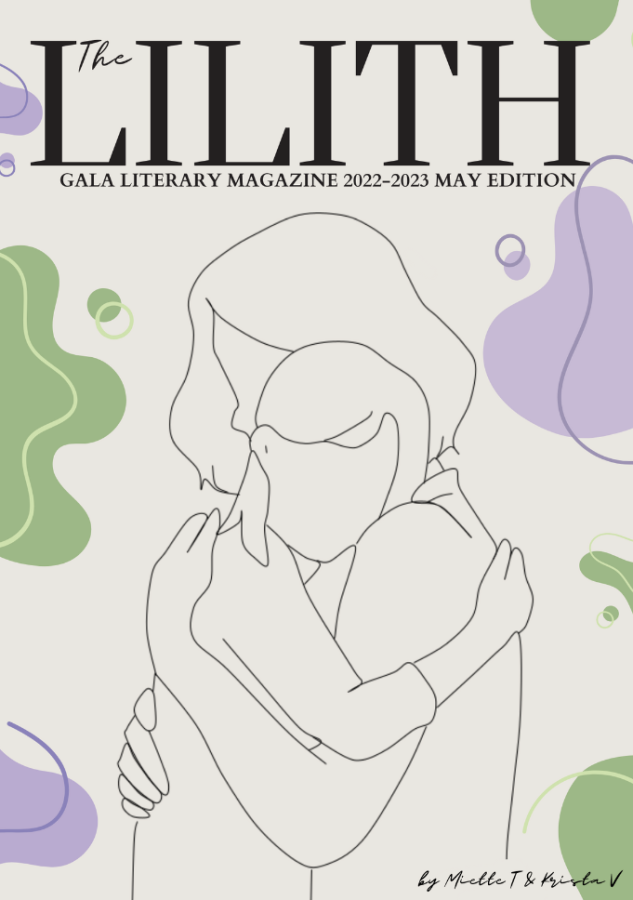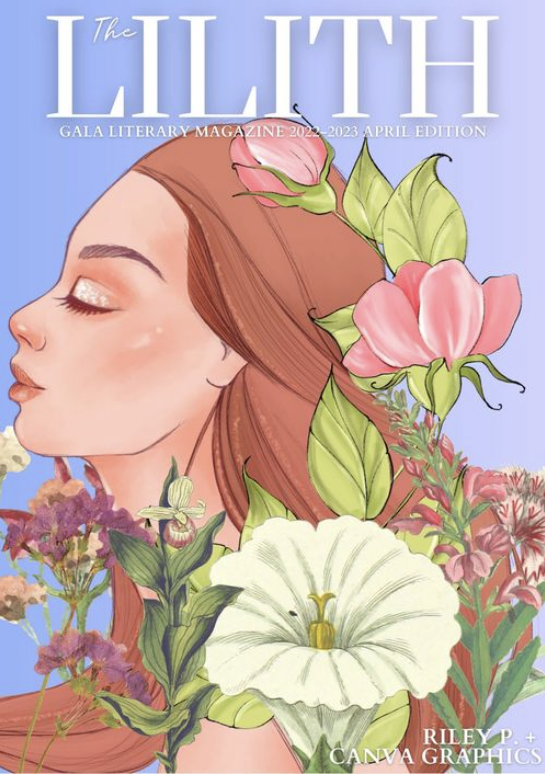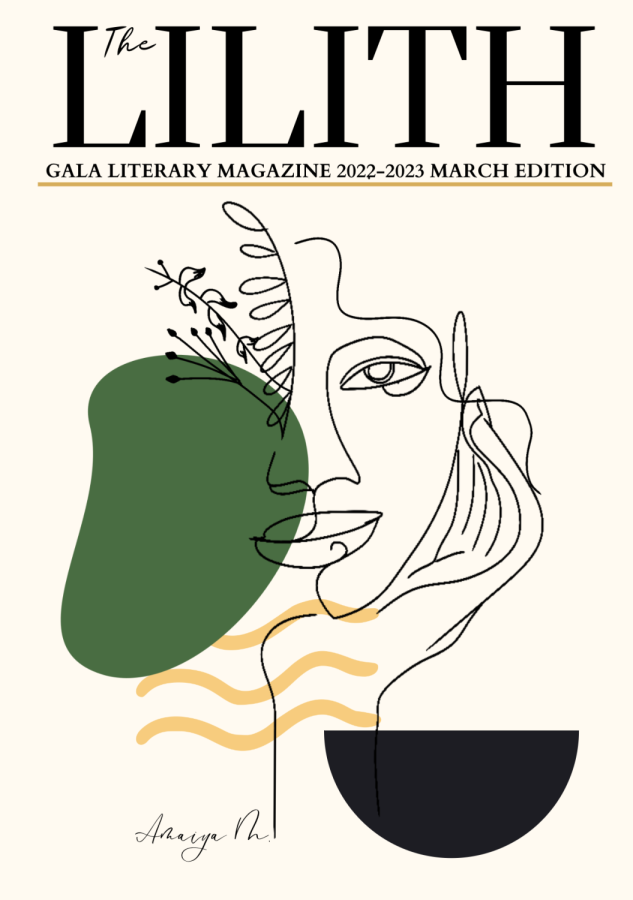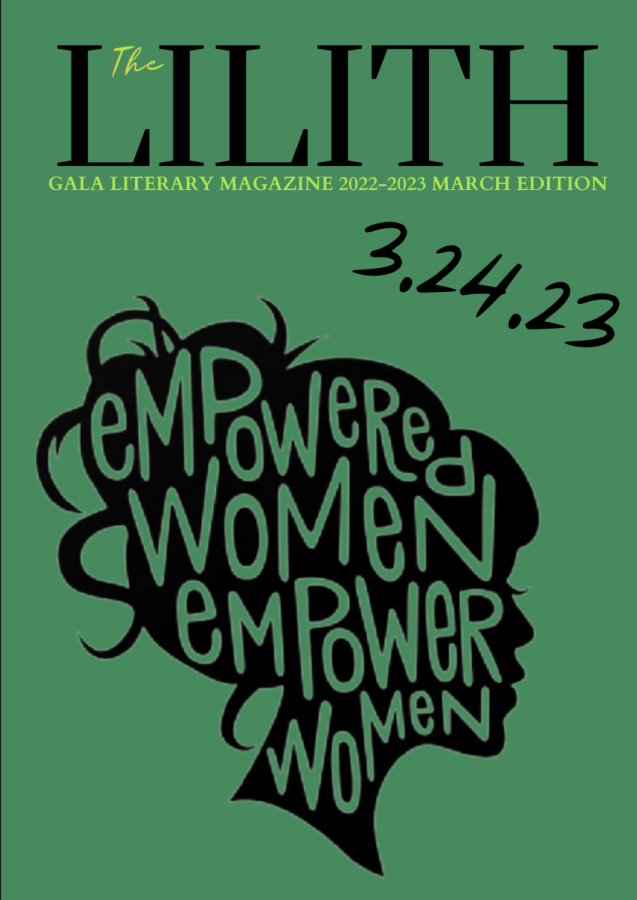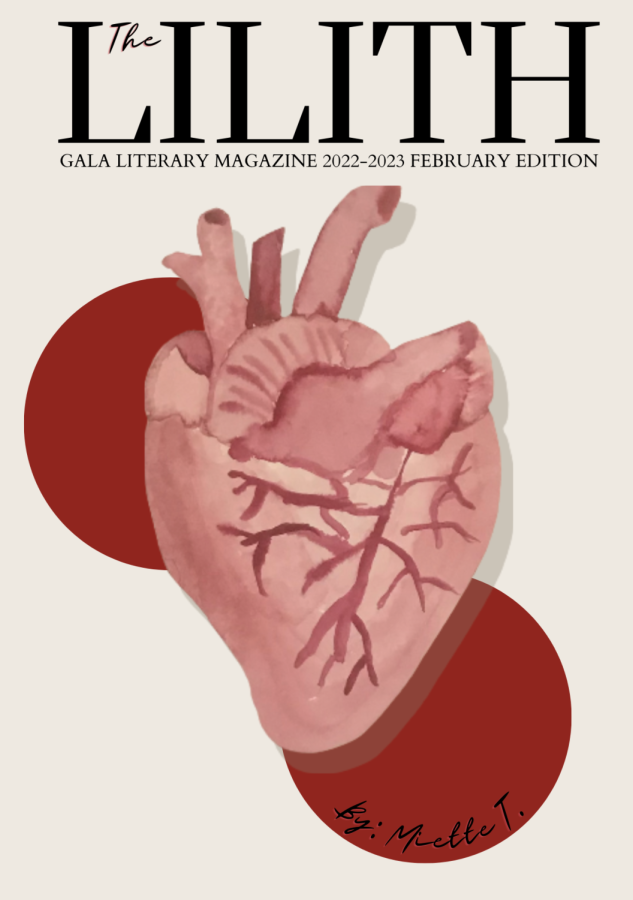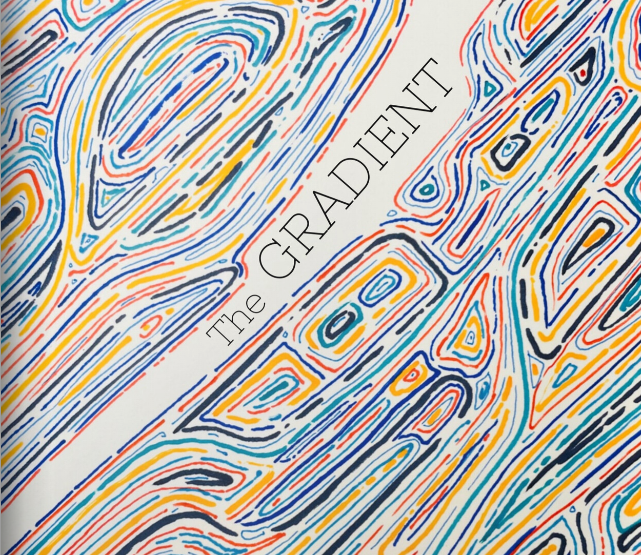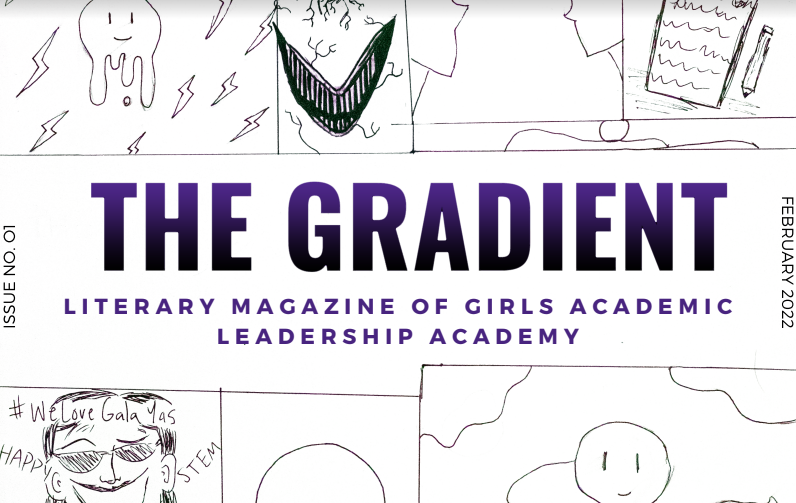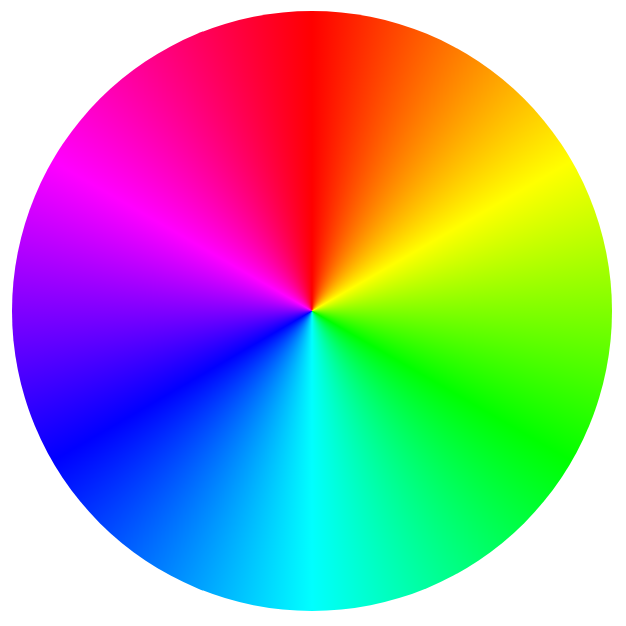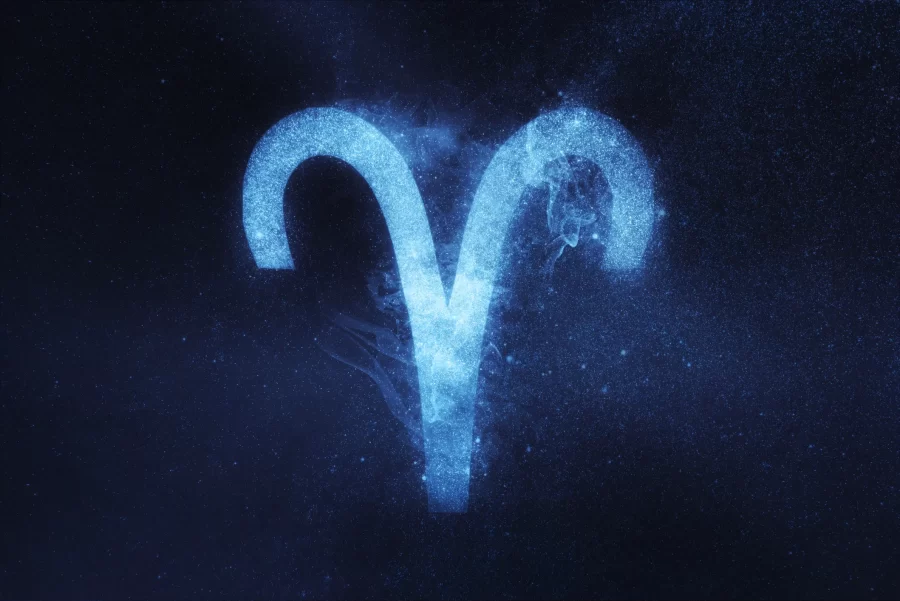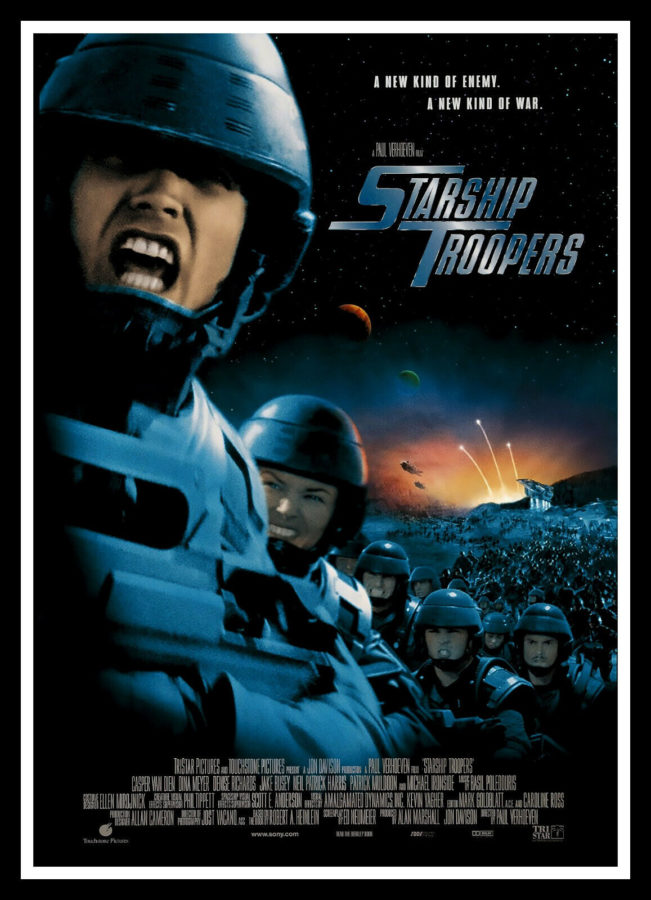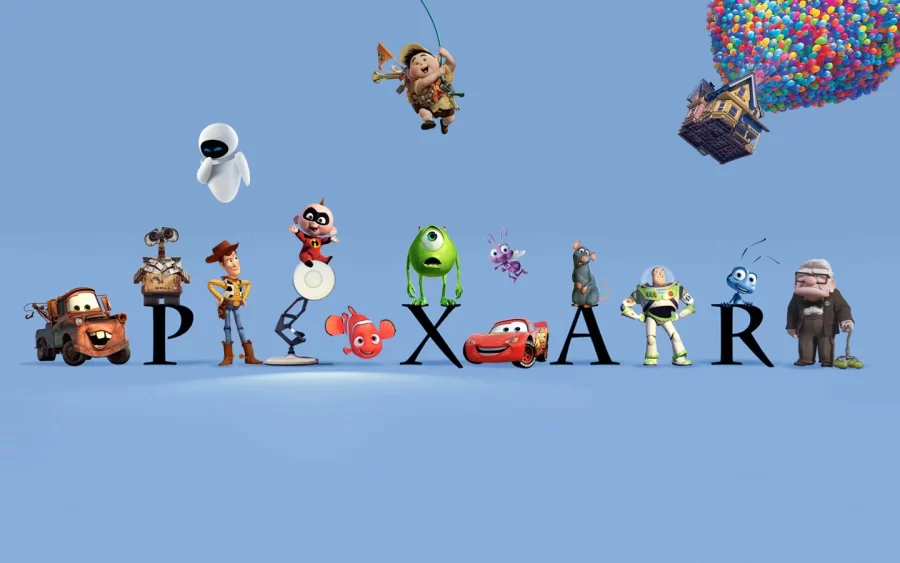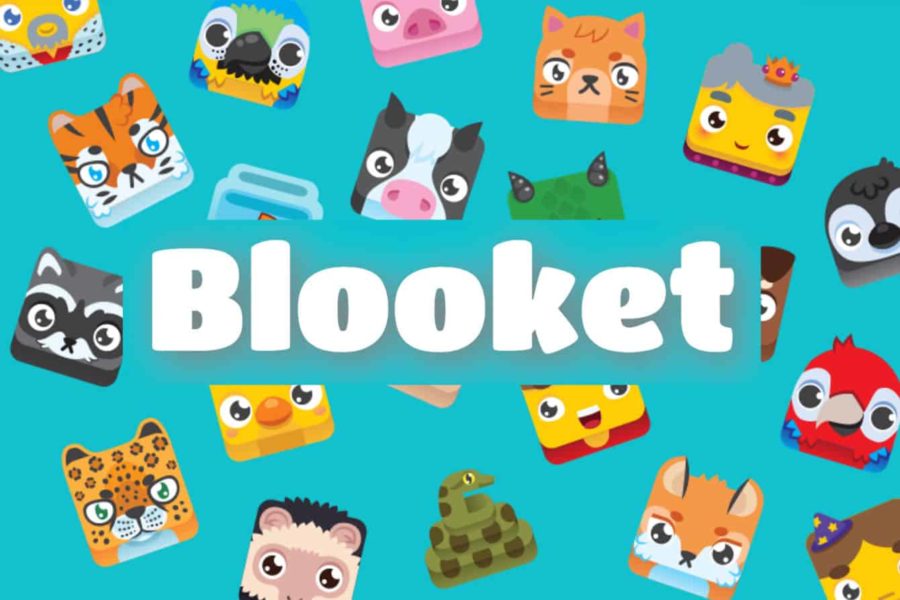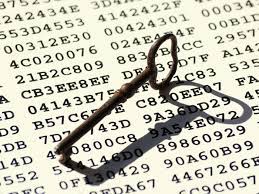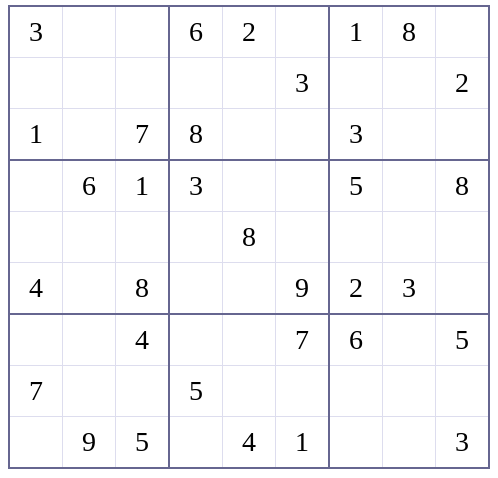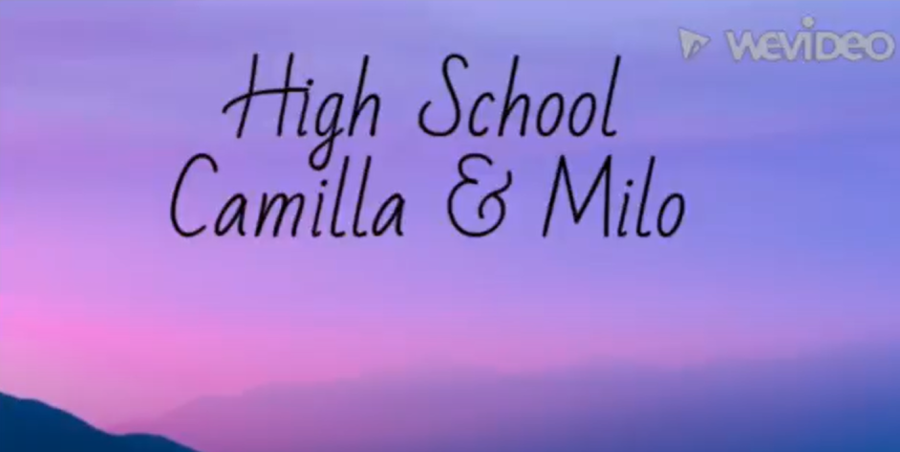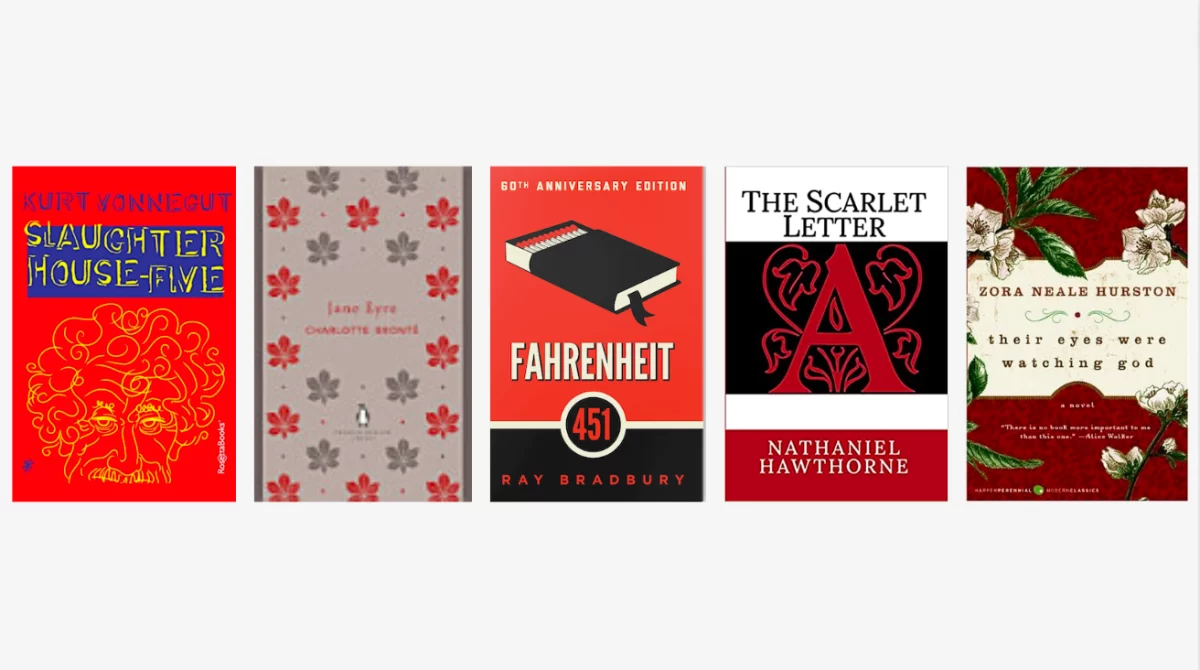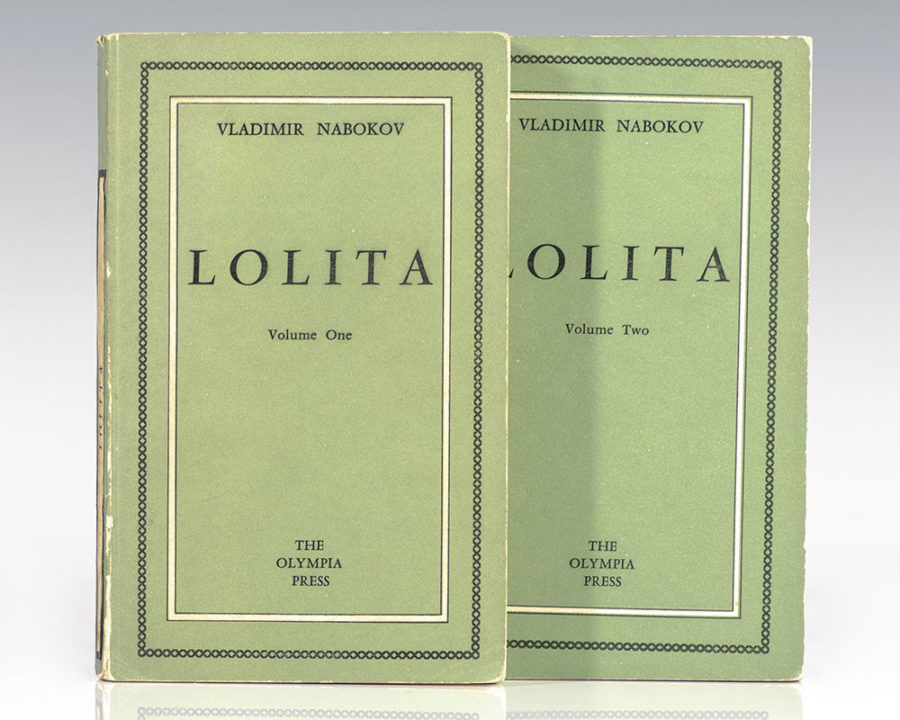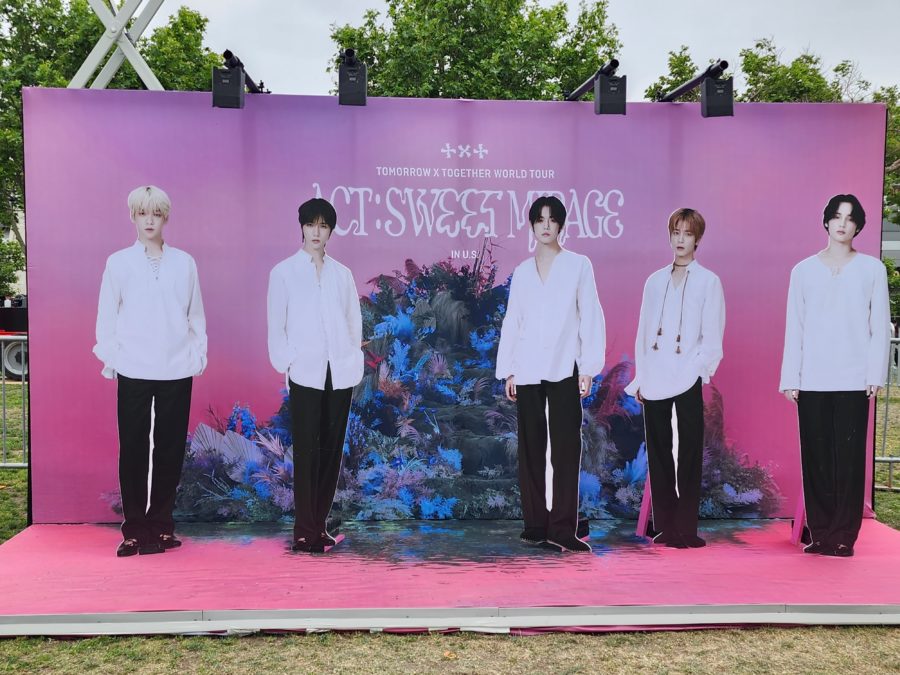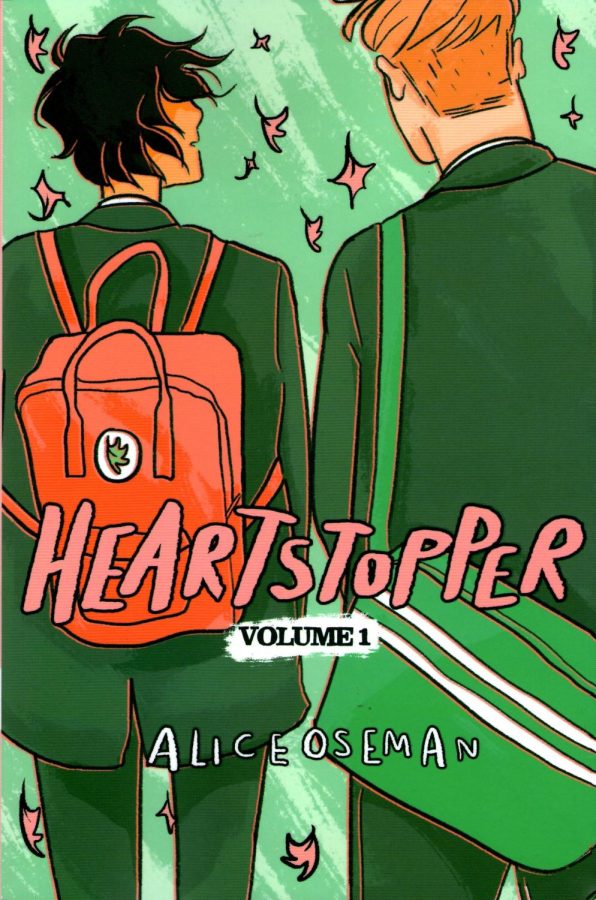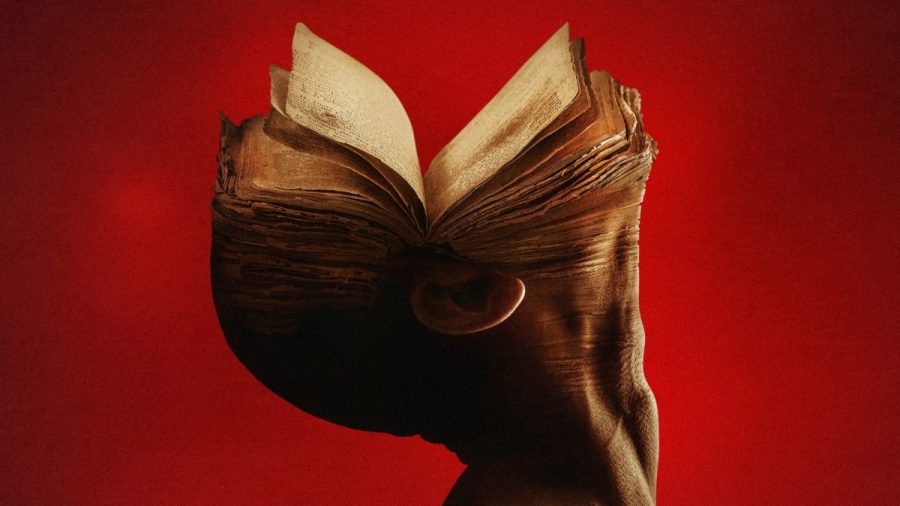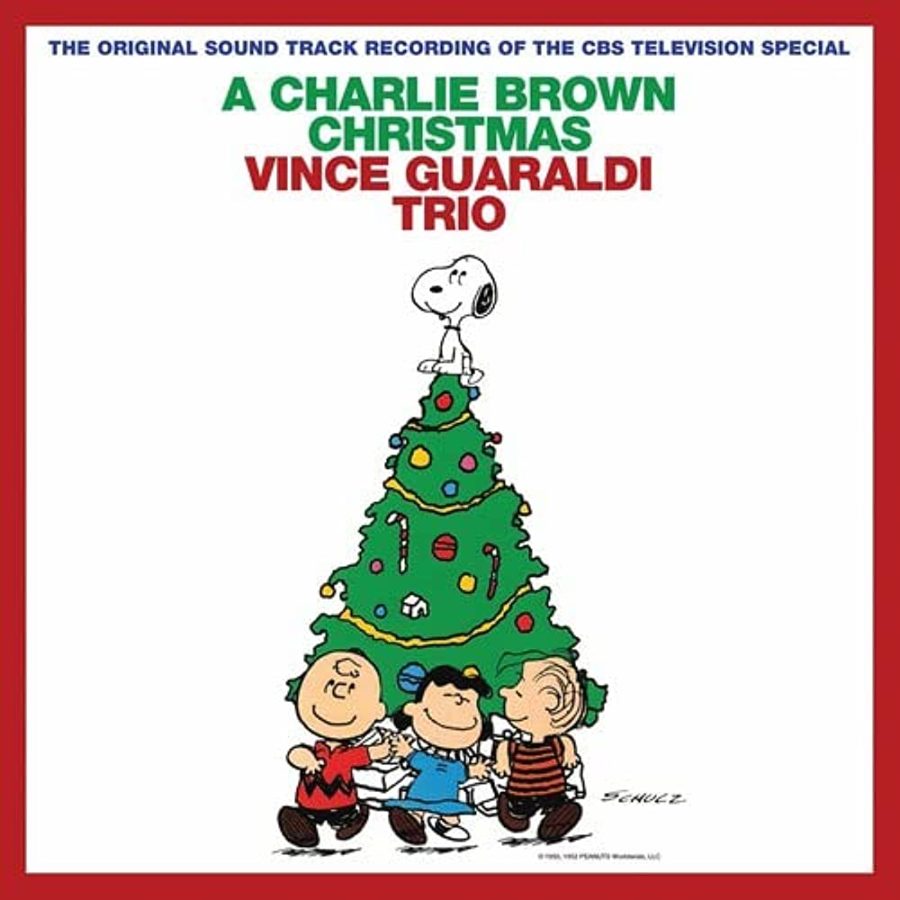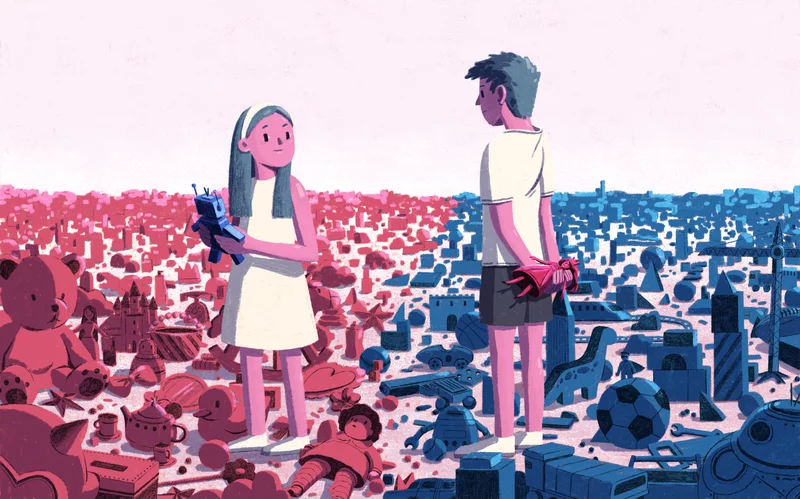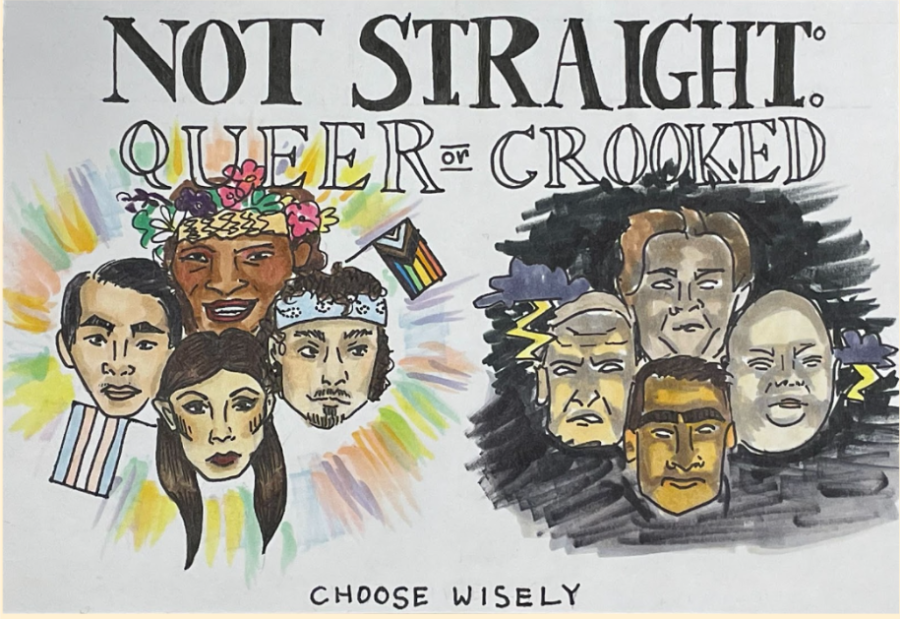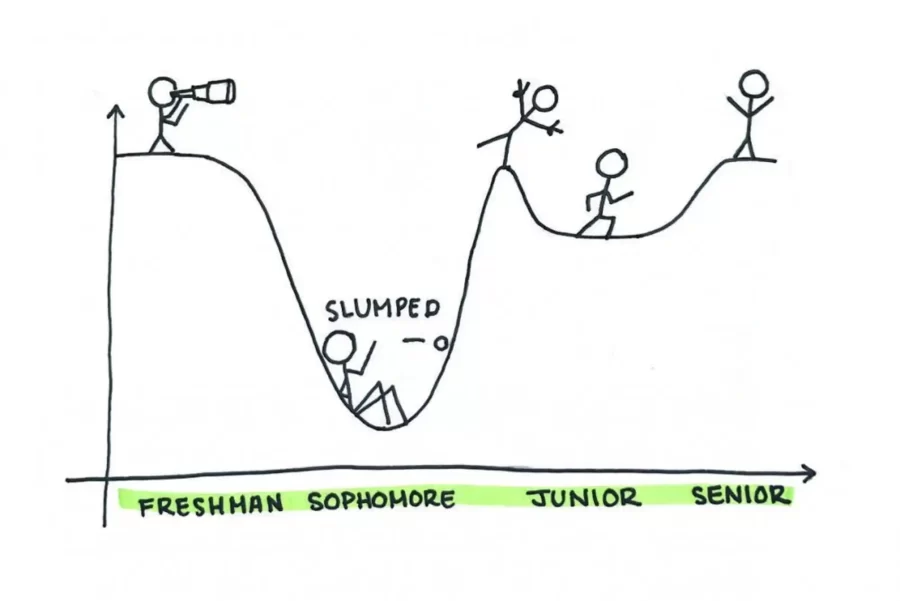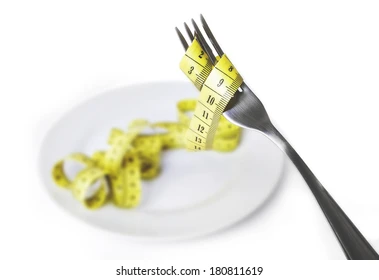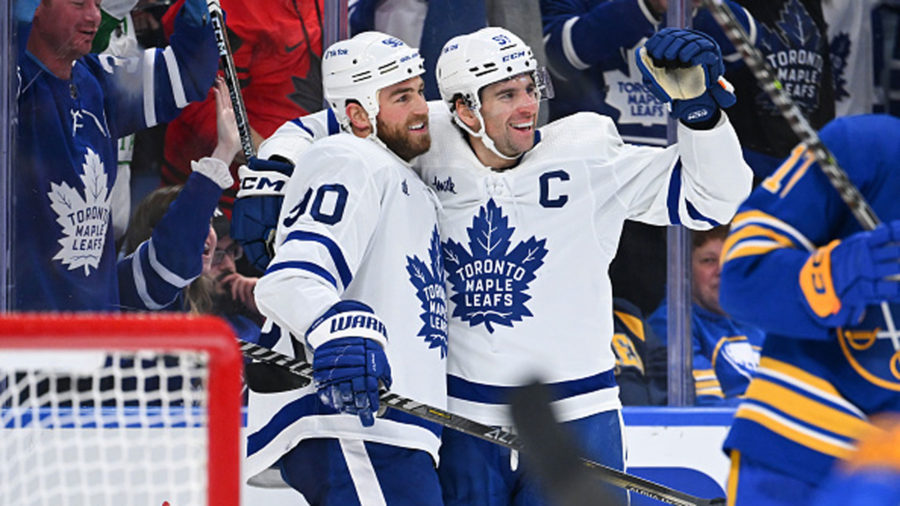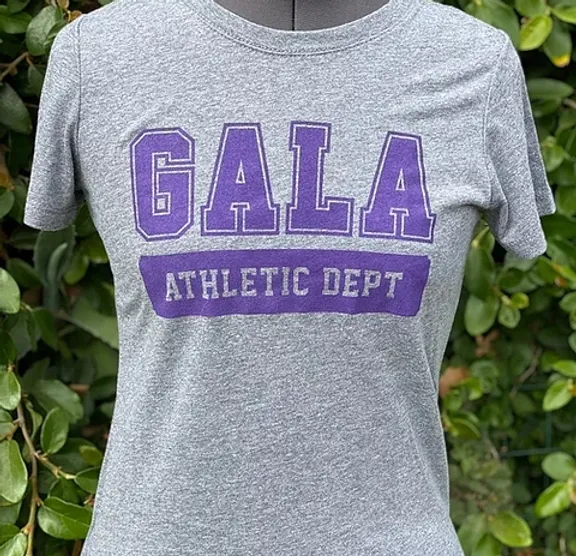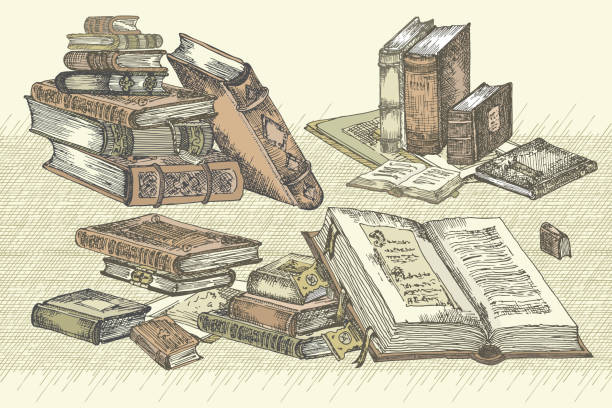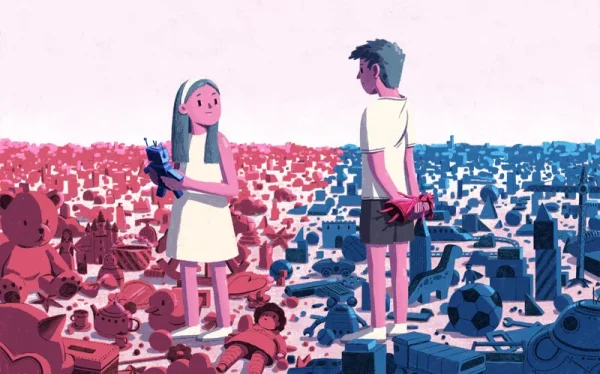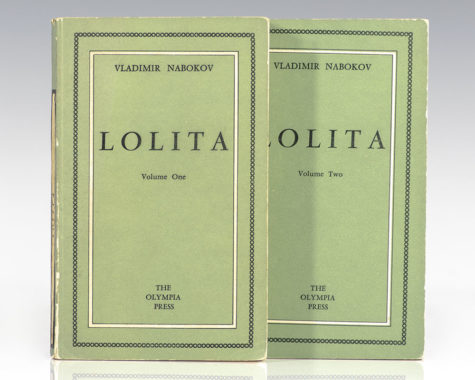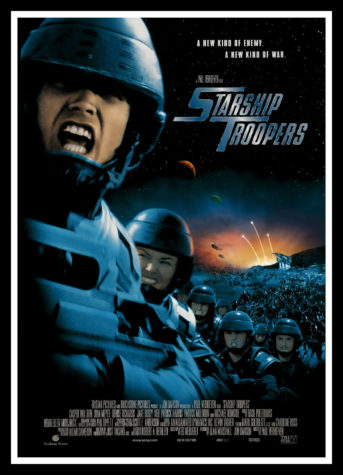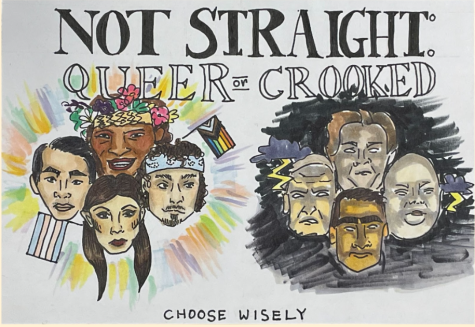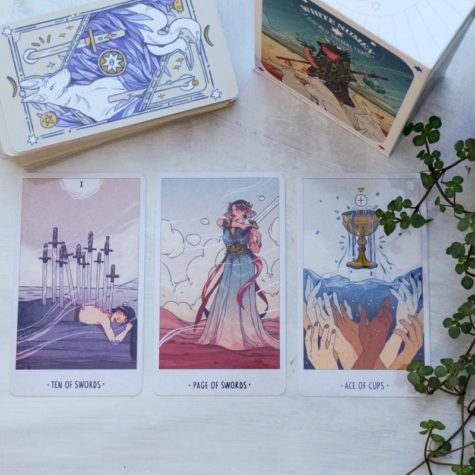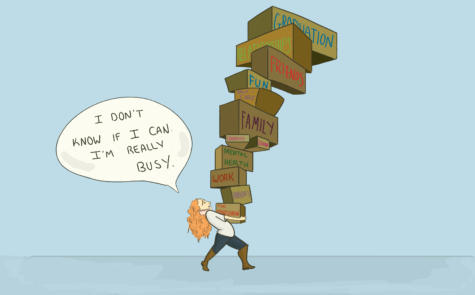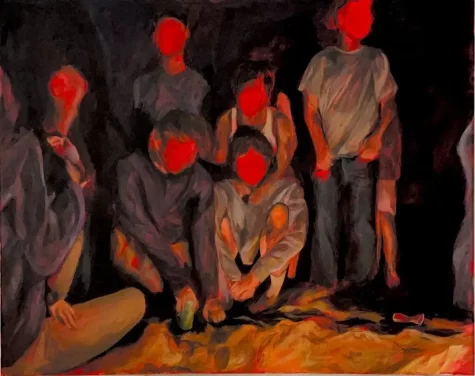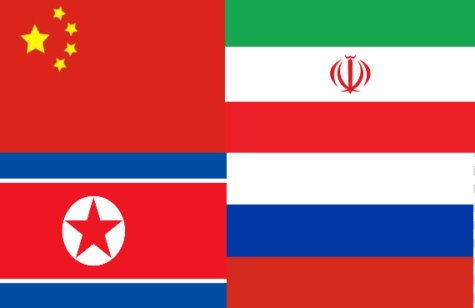Revel in Classic Literature: A List of Books to Read
Banner with hand drawing sketch books. Concept vintage design for fair or festival flyer, paper, school library retro poster, bookshop advertising in engraving style Vector illustration
By: Mackenna Mueller
The beauty of literature is broad and complex. From Tolstoy to Betty Smith, there are infinite books of ingenuity and feeling to fill a library. Many people don’t like to read, but all it takes is one good book–at least, that was the case for me. Coming from a former reading-detester, I want to give you a leg up into this world of literary-writings through classic literature. You might be thinking, “Classics?” No, I’m not tossing you into the deep end of the pool of Shakespearean writing and ancient vocabulary. Well, maybe I am, but I assure you, this is how you learn to hold yourself above the surface. These writings are poetic and real, for these books aren’t renownedly beloved for no reason. Maybe you read this article and find it a waste of time, but maybe, just maybe, you’ll come across a book that strikes your fancy. A few books, dipping into adventure, history, love, and poems, all just as moving as the prior.
“The Adventures of Huckleberry Finn” by Mark Twain
“The Adventures of Huckleberry Finn” is a novel set in the South during the pre-Civil War era. Twain’s novel examines institutionalized racism and explores the themes of freedom, civilization, and prejudice. This book is considered hard to read, and a hard book to teach in schools, however, the average age range is 7-9 years old. Those numbers may seem infantile, but this book is far from that. Its main characters, Huck (the novel’s namesake) and Jim take their adventurous journey throughout the book seeking freedom. This book has been alternating in the spotlight as both “trash” and a “must-read” ever since its publishing. But alas, today it is generally considered a great piece of literature as it embodies what living in the Antebellum South was like, while still being relevant to messages of today.
“Wuthering Heights” by Emily Bronte
A tormenting love story at its finest, Bronte’s intense novel “Wuthering Heights” is about a troubled Orphan named Heathcliff and his passionate but doomed love for Catherine Earnshaw, a young woman of the Earnshaw family who holds remarkable social status. The two characters go through trials and tribulations of love, weighted down by the expectations of society. While love appears to be the reigning theme of the novel, “Wuthering Heights” is far more than that. This book is found to be hard to read, like most classics, with a reading age range starting at 11 years old.
“A Tree Grows in Brooklyn” by Betty Smith
This book holds a special place in my heart. Smith’s novel takes place in 1912, in Brooklyn, New York City. This book is quite long, but in my opinion, so worth reading. Smith’s writing is moving while being understandable. The story follows Francie Nolan as she grows up with her brother during financial despair, collecting coins for scrap metal at the beginning of the book to bring back to her mother to put away in savings. This book is a beautiful coming-of-age story. It may not be as adventurous as some like, but, from personal experience, it is just as intriguing. I assure you, you will be invested in this book before you know it. Francie is loyal to her family and strong-willed and determined. The novel follows her life from middle school to post-college, as she claws her way to her desires. Out of all the books I discuss in this article today, I can say with utter confidence that this book is my favorite and absolutely worth reading.
“Leaves of Grass” by Walt Whitman
This book is a collection of poetry. “Leaves of Grass” represents Whitman’s celebration of his philosophy of life, humanity, and praise of nature and the individual human’s role in it. The book focuses primarily on the body and the material world. Today, this book is considered “America’s Second Declaration of Independence,” discussing the divinity of common things and the issue of materialism, and–through nature–discusses themes of death and immortality in a heavy, yet stunning way. The poems in “Leaves of Grass” flow smoothly and gently, bringing you along like a softly moving stream, but flooding you with thoughts and realization, maybe even reconsideration of society’s priorities. It is in fact a heavy book, but the age range is considered to start at a suitable age of 12 years old. So, get reading!
I hope this small list of books has provided you with enough insight into each. Perhaps you’ve found a piece of literature here that you might be interested in, and perhaps one of these classics will unlock something in you like it did for me.

Mac is a Junior and has worked on The Echo since her first year at GALA as a freshman. She aspires to be a foreign correspondent, taking inspiration...
